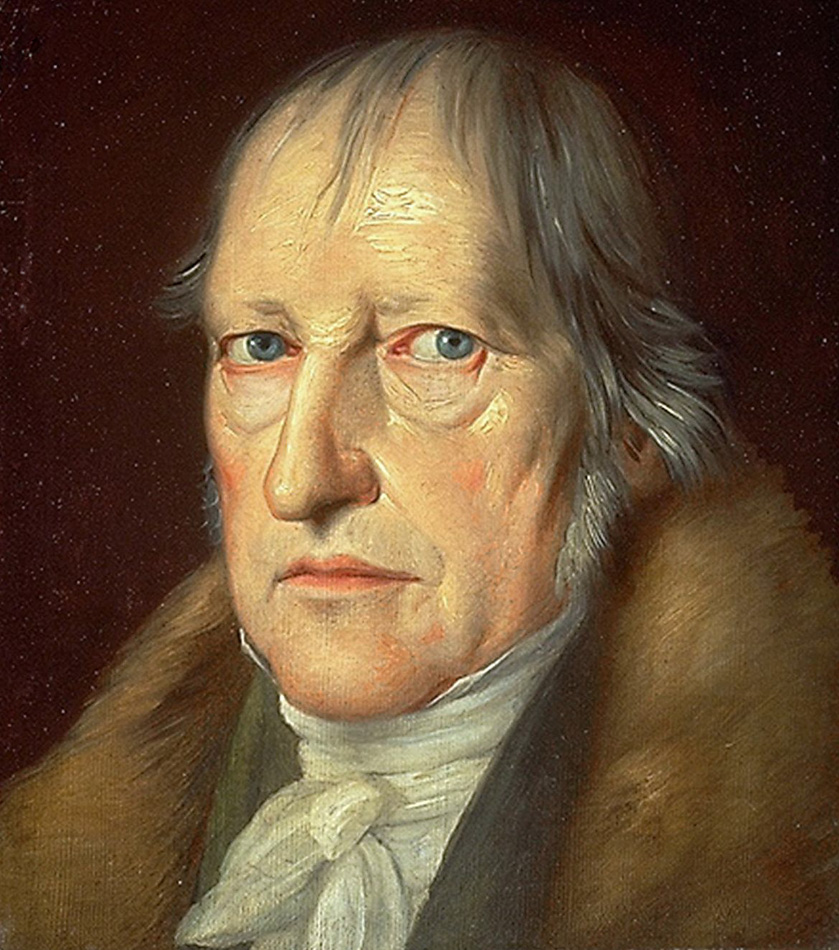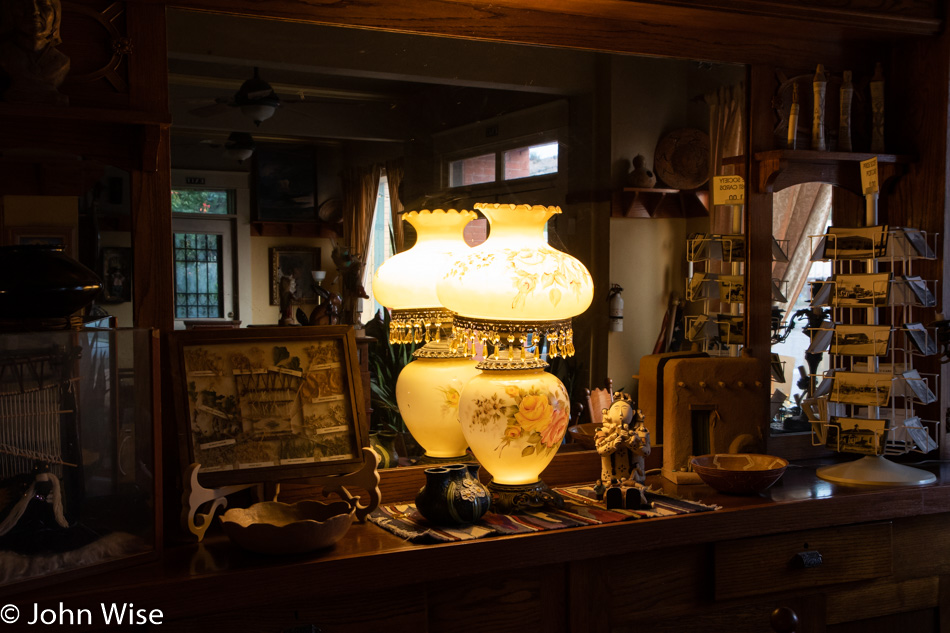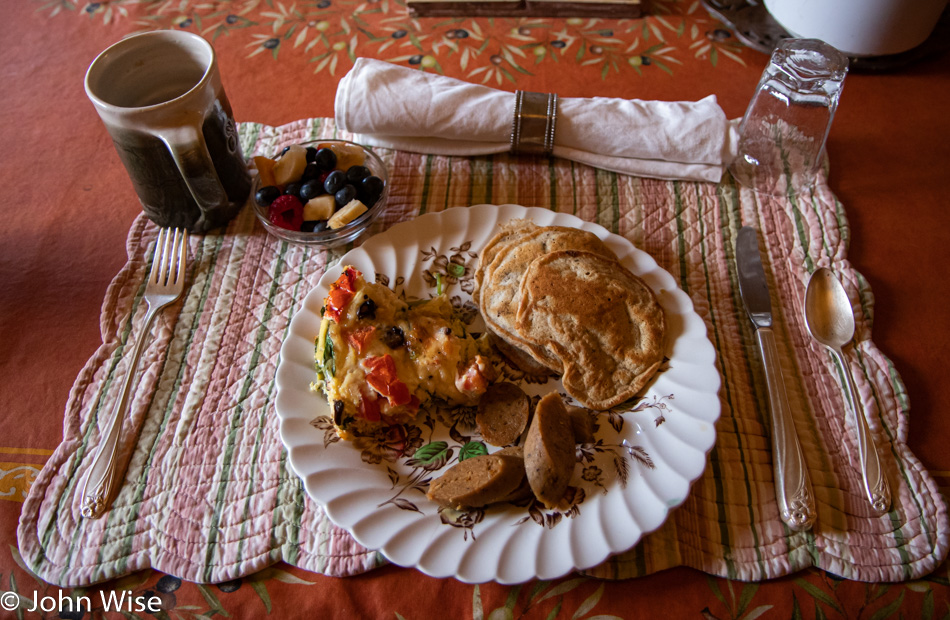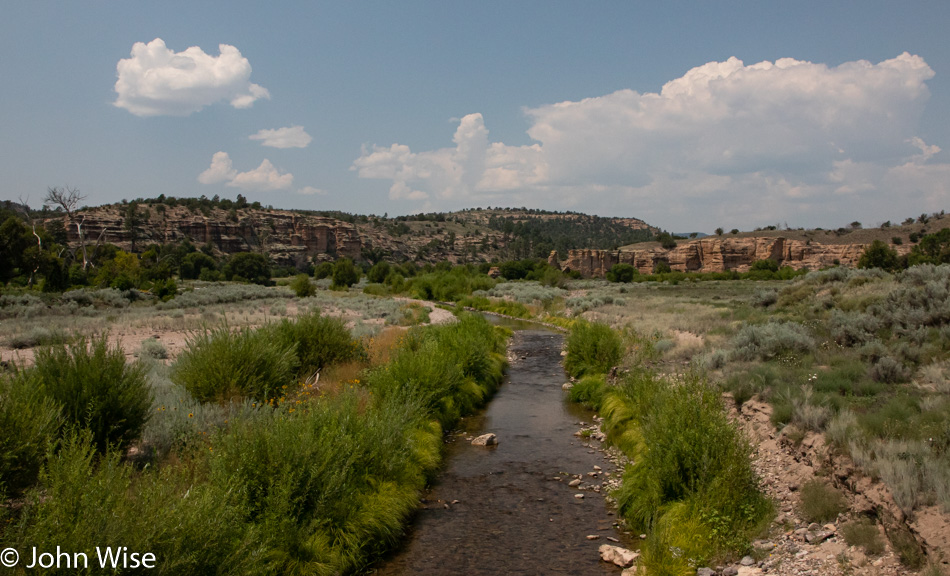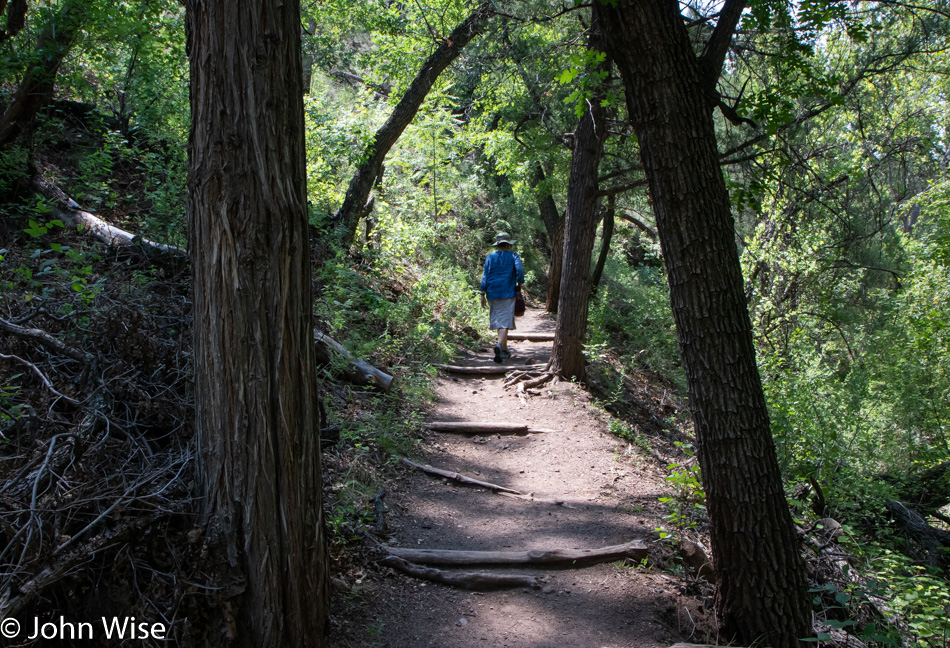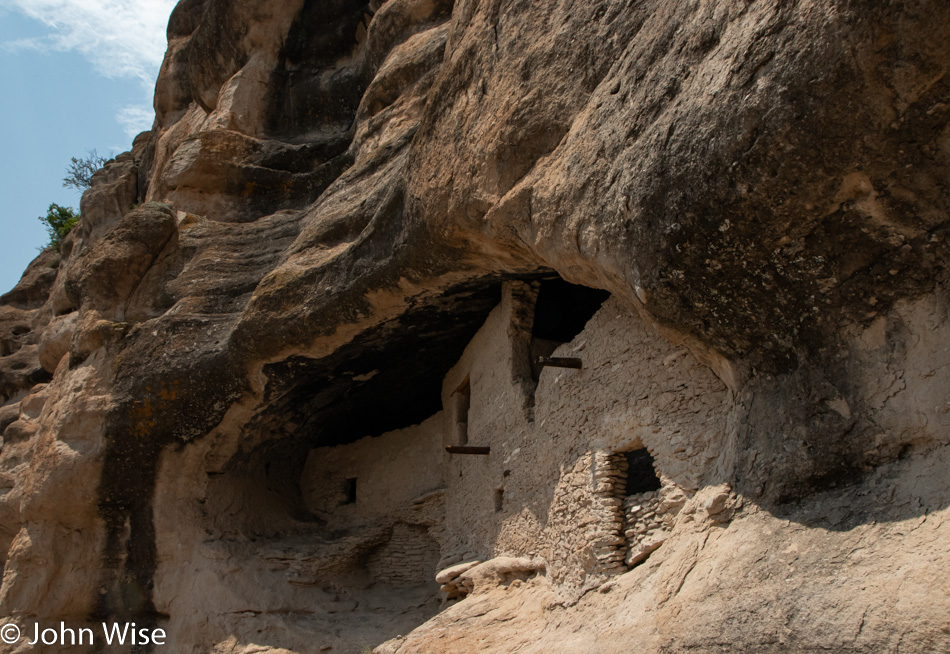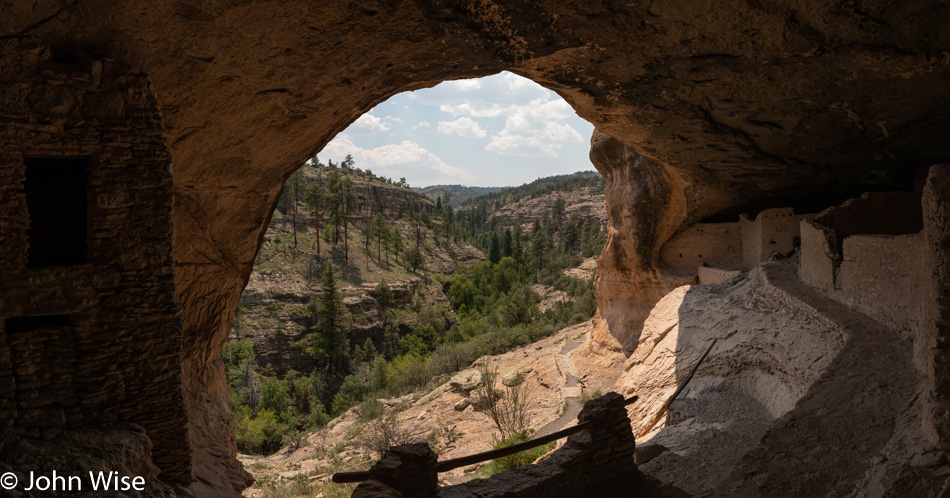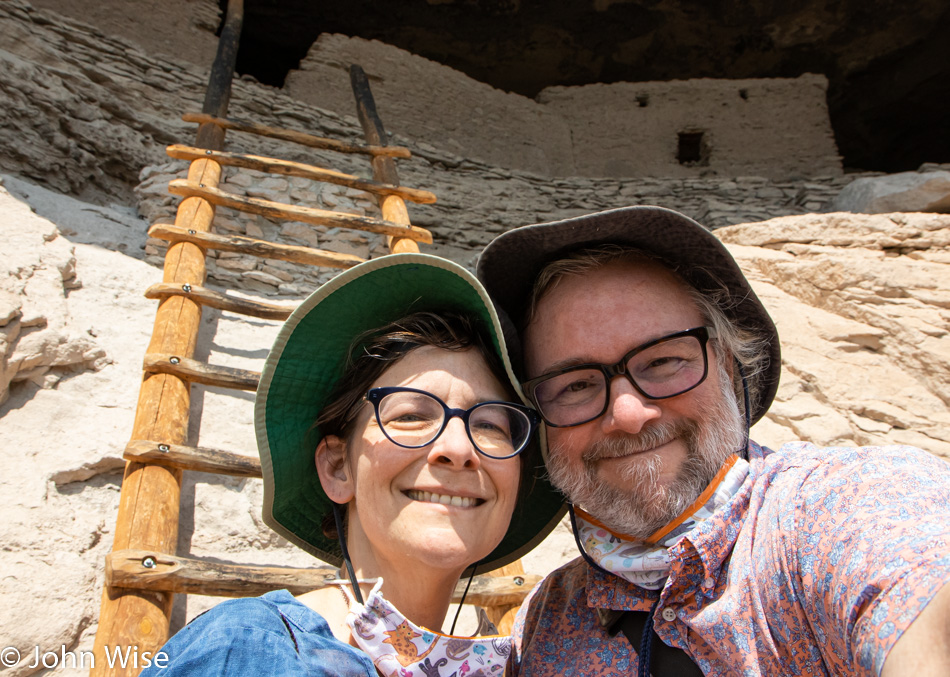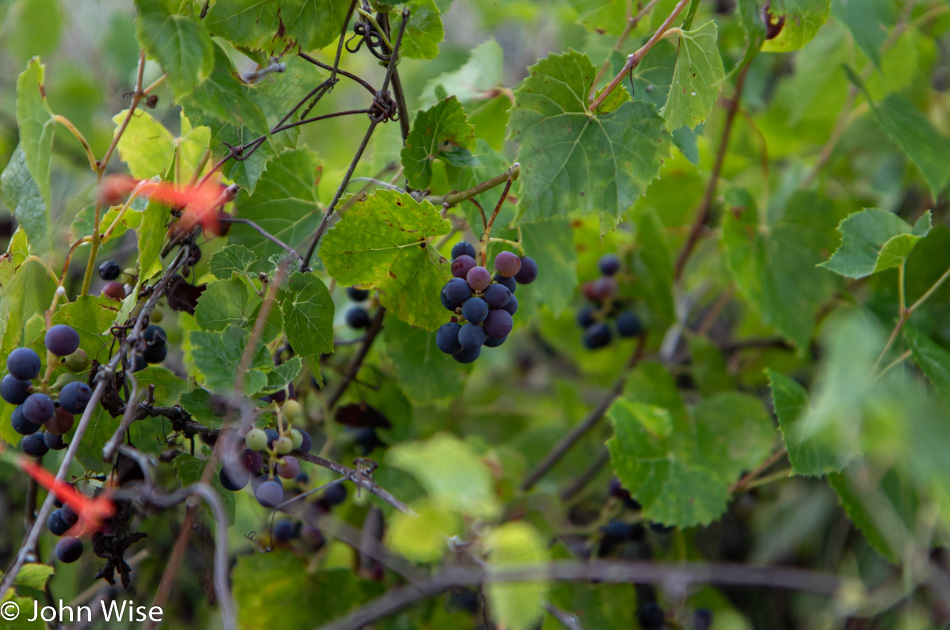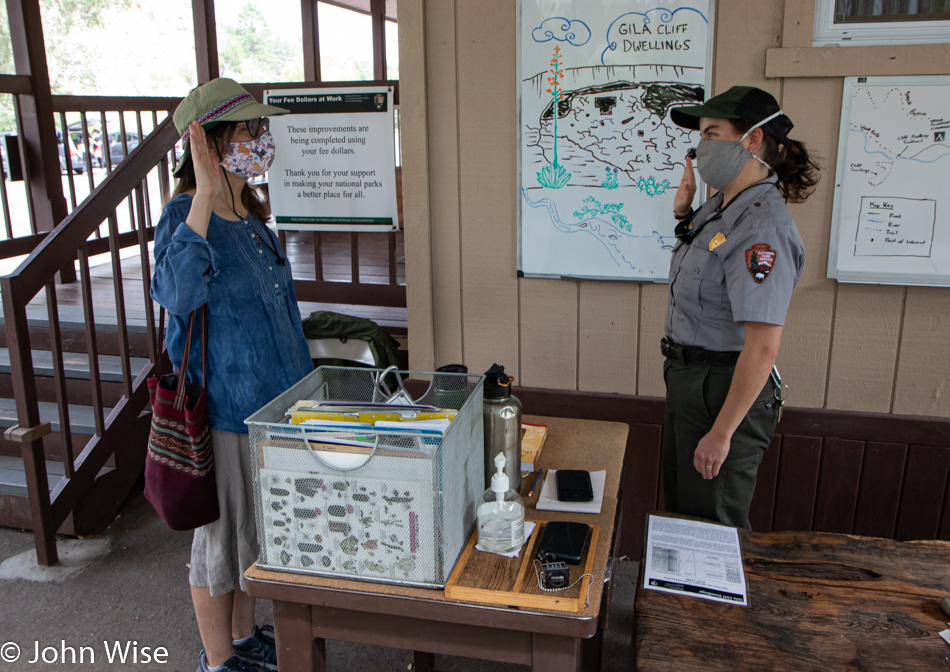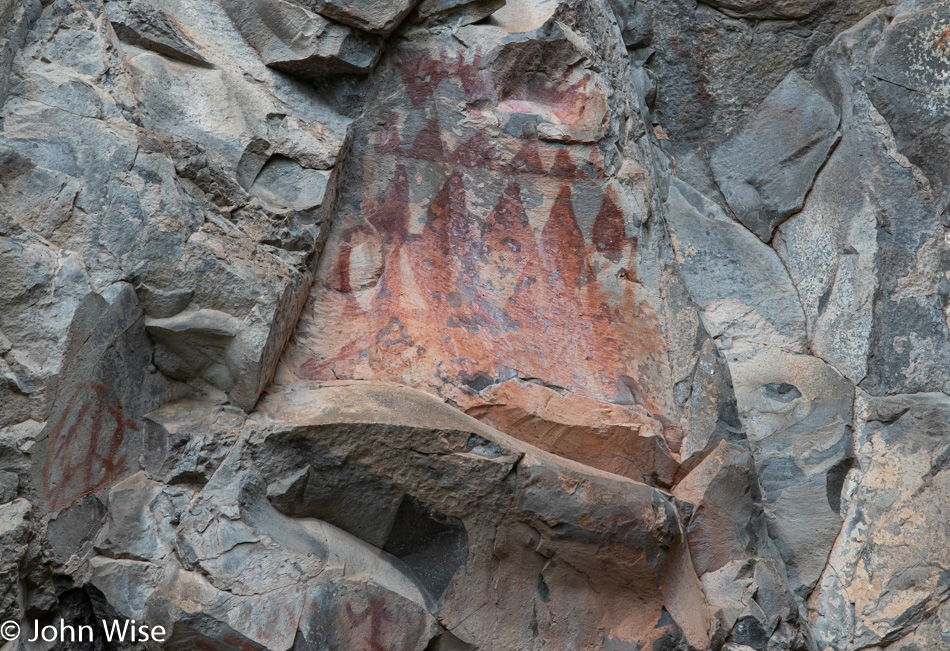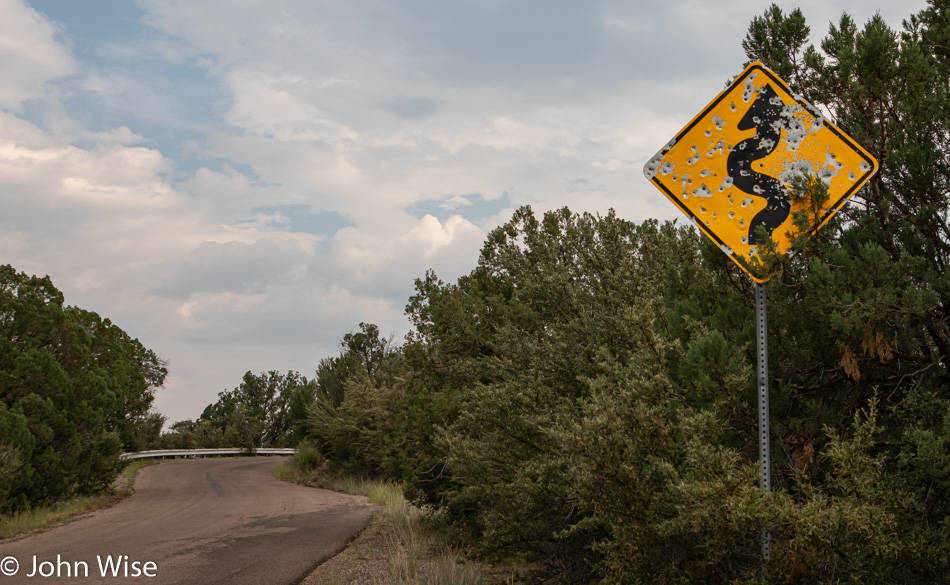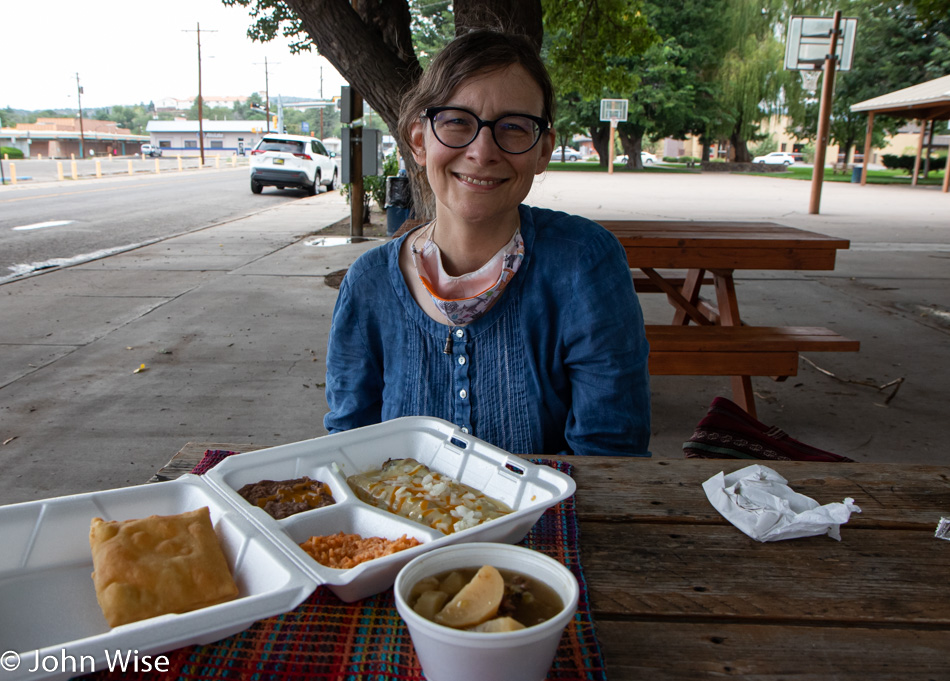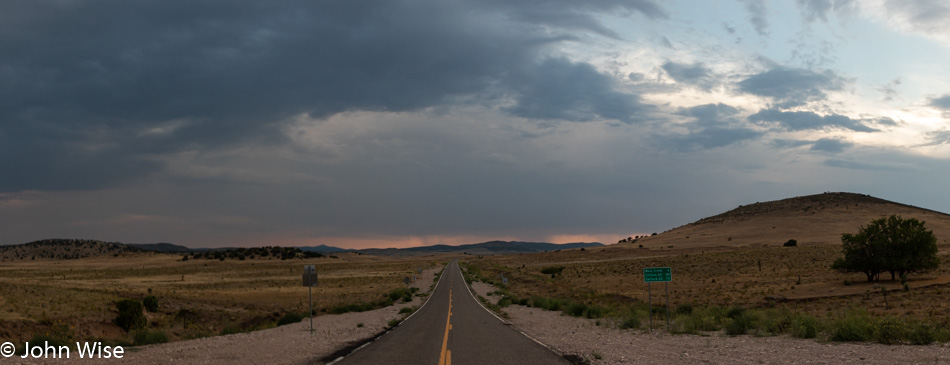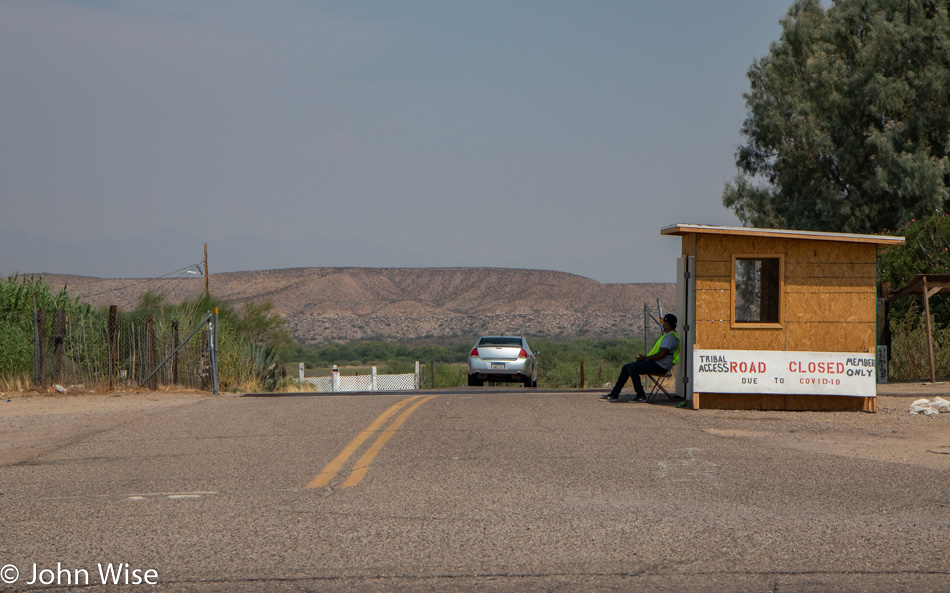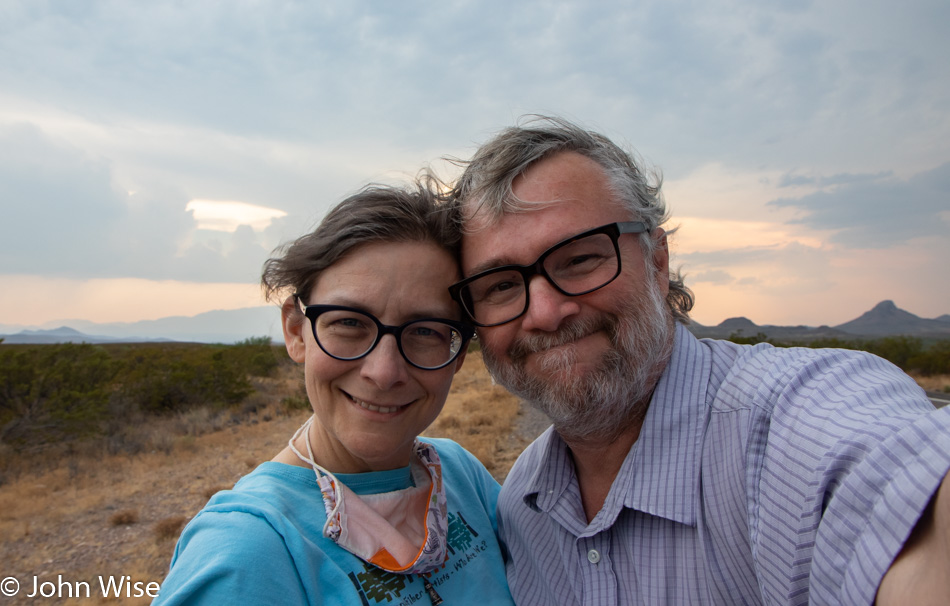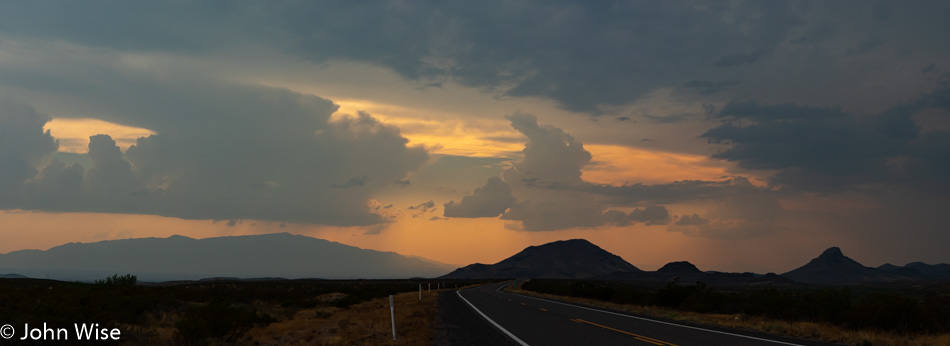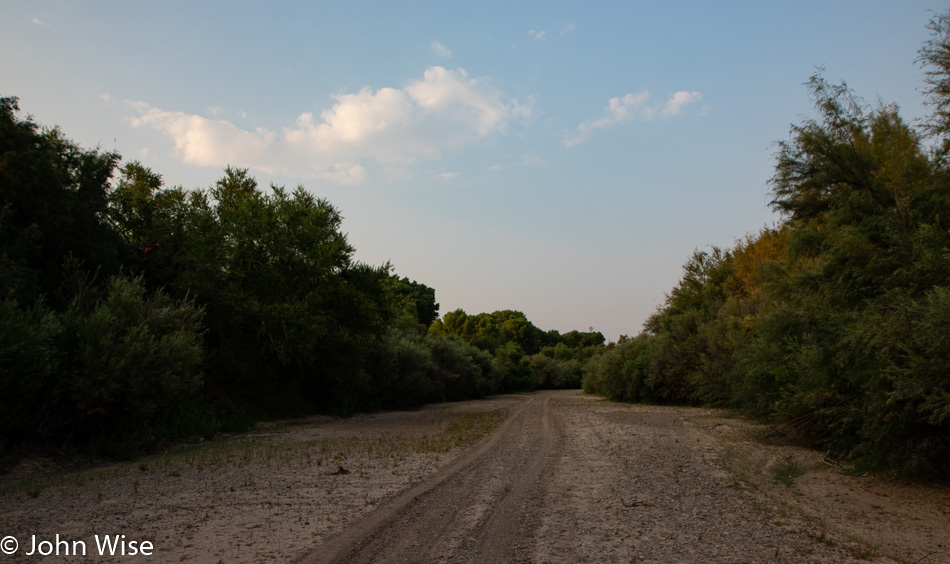
The day begins in the dry sandy bed the Gila River plies when water spreads out between its banks. Birds are ever-present, though it would seem some species have moved on and maybe others moved in, but we are not ornithologists, so I cannot speak with authority. Beetles are copulating while ants scurry about as they emerge from and retreat into neatly groomed mounds around the passageway to their nests. The morning is pleasant out here and otherwise quiet aside from the distant dogs, chickens, and those birds I mentioned who live along the now-dry riverway.

We are leary of where our feet settle as we’ve been told to be aware of quicksand and, like all fools, I secretly hoped to find some, though I only dreamt of a periphery experience so I could add having escaped its clutches to the narrative here on my blog. For color, I could have lied while embellishing an otherwise mundane but not uninteresting walk where water should have been and we shouldn’t have.

Checking my head, I cannot give you a good reason as to why we didn’t harvest some of the buffalo gourds that were growing everywhere. Along the river bed in the sandy soil, this stuff thrives, and we happen to be here while it’s still young and edible, and yet we collected not a single fruit. We’ve never eaten buffalo gourd that is said to taste like squash, now I’m tempted to drive the 205 miles back out to Duncan to get some for dinner and see just how tasty or not it is.
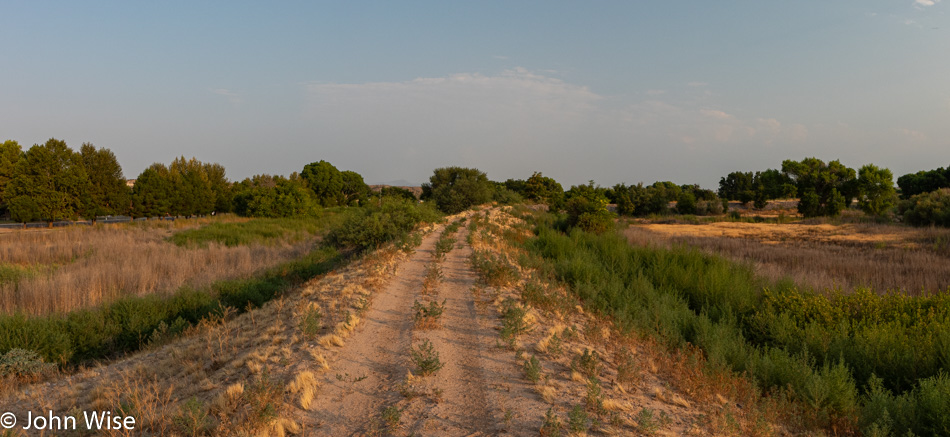
If you are wondering, we walked upstream and saw not a single sign of fish, dead or living. We exited the dry flow through a gap in the brush that hugs the shore, making our way atop a dike built to contain the invisible river should it decide to come back with a ferocity that might threaten the small town of Duncan. Last January, during our last visit, we were still within the confines of winter, bundled up and scarved to keep the cold at bay. We watched the river with admiration and respect for what might be hidden in the depths that we could not see or fathom. Today, on a late summer day, the sandhill crane shares its call somewhere else, well out of earshot of those in this crispy desert landscape. Funny how our instincts do not shoo us away from inhospitable places like those bird-brained specimens from the aviary family of creatures while we, with our superior intellects, walk right into the situations that threaten our comfort.
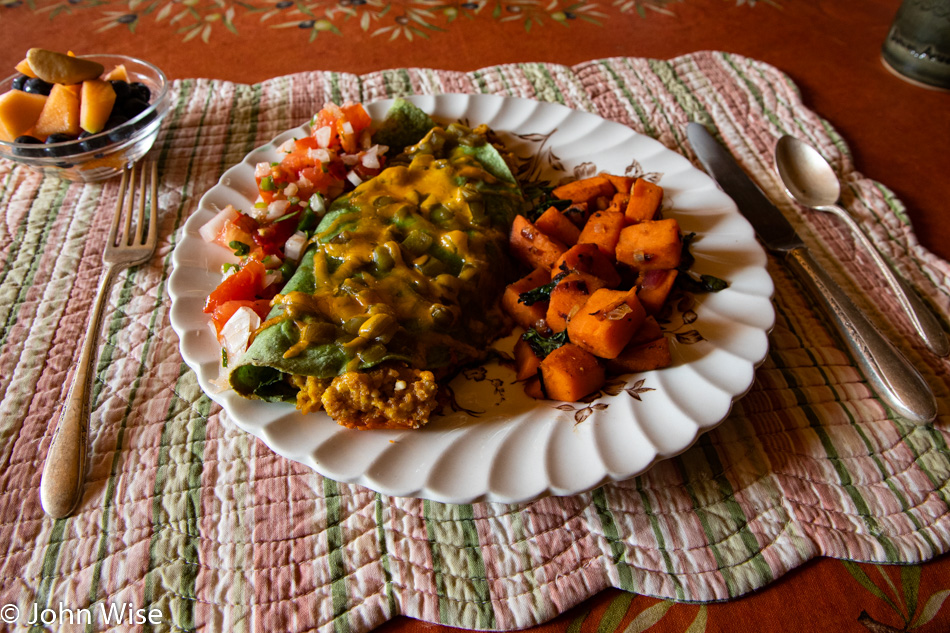
Then again, we can just as quickly return to our creature comforts at our lodging to dine on another exquisite meal assembled by deft hands from ingredients collected across a vast geography, while the bird can only eat what it finds in front of its beak. Our first meal of the day was again nothing less than spectacular, but the resumption of our conversation with our hosts that inspired us to want to return would have to wait as a suddenly sickly cat friend who goes by the name Maliki needed to be rushed to a clinic specializing in ailments of four-legged and likely two-winged creatures unable to describe what is wrong and relying on us to interpret the change in their behavior and help save them should the ailment prove dangerous. Later in the day, we’d learned that luckily for all involved, the cat, while apparently traumatized, was not in serious condition and was discharged into the loving arms of the concerned caretakers.
The character of our hosts here cannot be understated as, without a second thought, they were moving to the door with Maliki wrapped up while we inquired about what needed to be locked up as they were about to head up, maybe down, the road. I believe they would have left without our payment had I not pressed it into the hand of Deborah, who was more concerned about this sweet cat than the ability of her guests to show themselves out and to do so graciously.
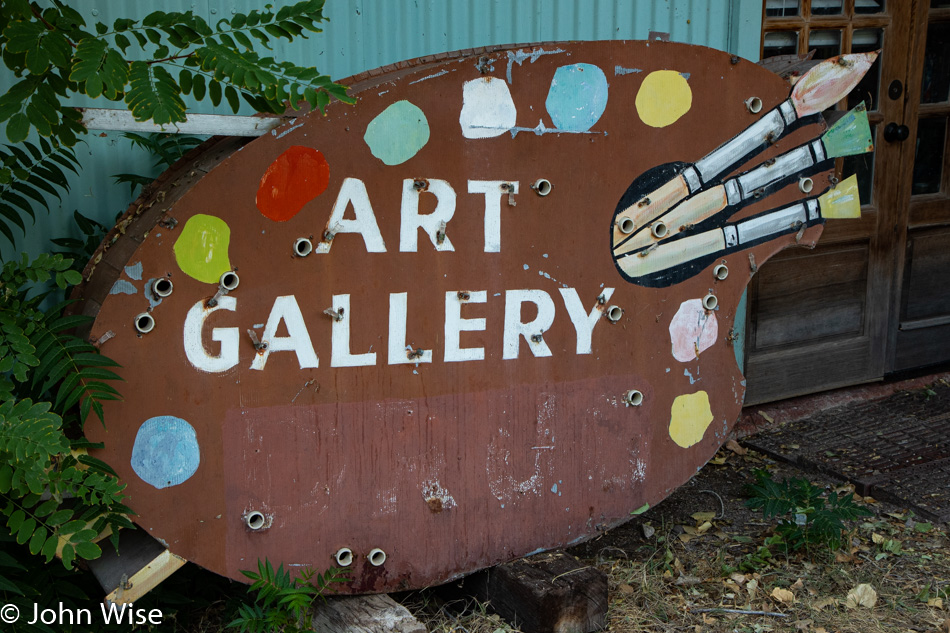
Before we could depart, we had one more mission to accomplish here at the historic and incomparable Simpson Hotel: we had to revisit the collected works of resident artist Don Carlos. As the inimitable Herr Comrade Carlos, under the steady gaze of a young Felix Edmundovich Dzerzhinsky, a.k.a. Iron Felix, was clearing the way for Maliki to be fully interrogated by a nearby Doctor of Veterinary Sciences, he waved us on to inspect his works that were illuminated and ready for our observations.
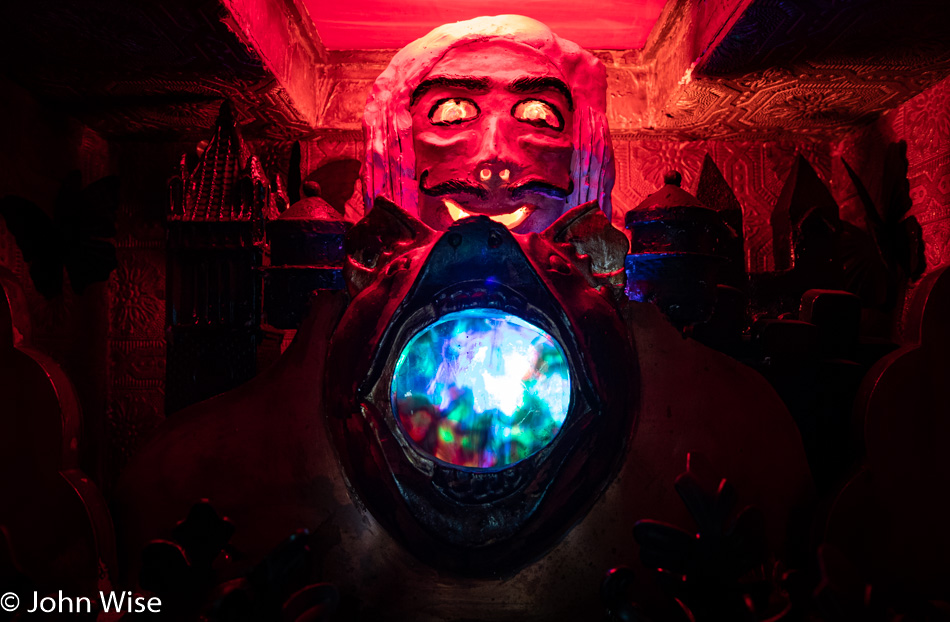
The microcosms inspired by Don Carlos’s investigations are held in suspended animation during these plague days of 2020, but today, we are the lucky ones to have a private viewing at the pace we decide. Without narrative, without music, and only the shuffling sound of our feet, we move between the dioramas, able to peek into the tiniest of corners of the artist’s creativity. I know firsthand that while the emotion held in his work may be broad, the scope of what feeds the expression is larger than any diorama can hope to contain. Fragments and musings of things that have passed through the mind of the artist find their way out to where paths intersect and inject delight within those encountering an imagination that travels and trades in the magic of images, both visual and verbal.
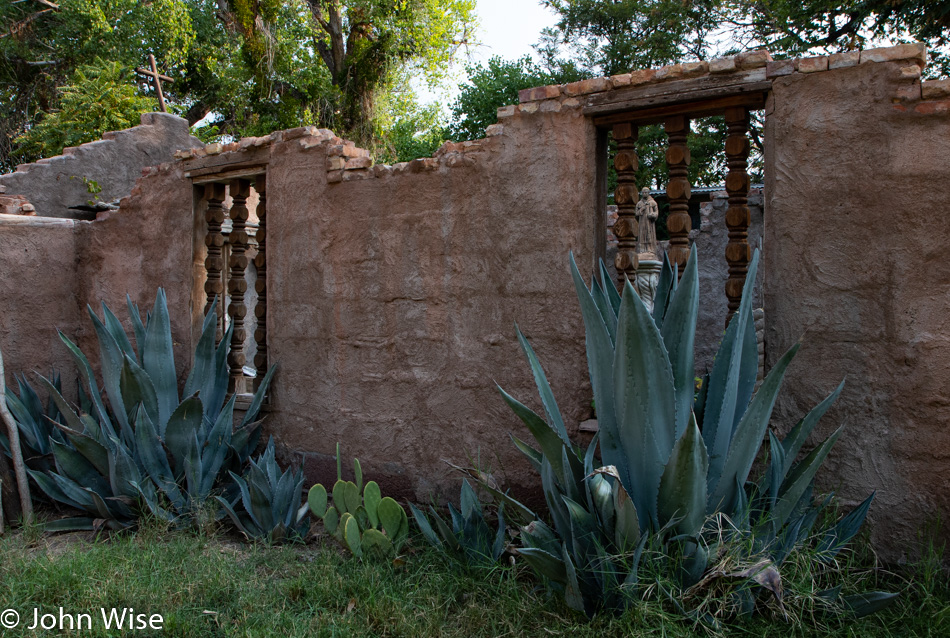
Multidimensionality is alive within the space cultivated here at the hotel. Cats and dragonflies, bees and flowing water, deities, and things organic mix with history being pulled from a global culture not aligned with pretense, dogma, or deeper meaning. My takeaway is this is an assemblage of love where the creator imbues the environment with a universe that hints at passion and recognizes the disorder of an entropic reality we call chaos. Here in the shared mind-space of Don Carlos, I tend to want to feel puny but console my inferiority by accepting his wisdom as that coming from a mentor, even if this formal arrangement is of my making.
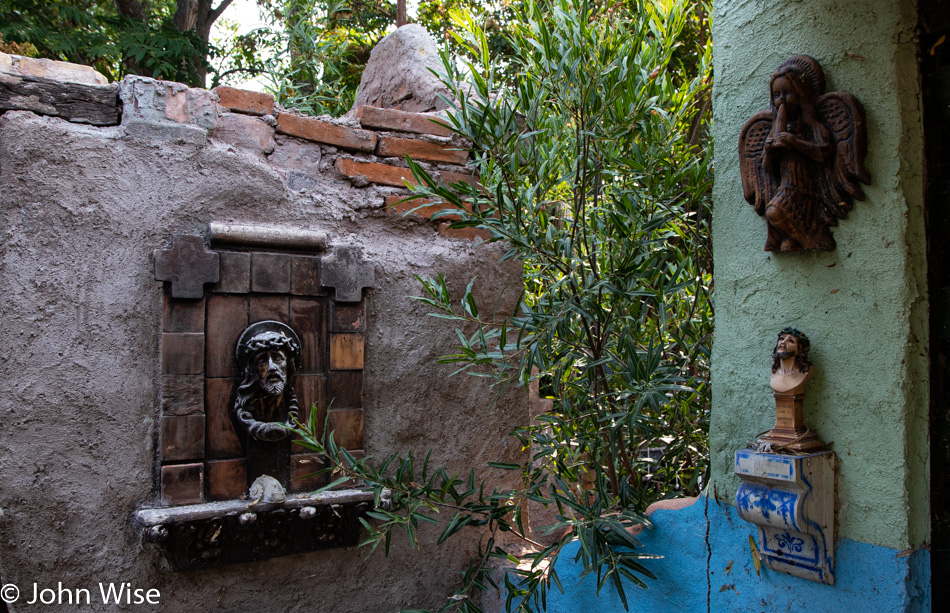
Don’t be fooled by the thought that a box is a self-contained object of art, as the world around Simpson Hotel is a diorama in its own right. I could easily entertain the thought that given enough canvas space; Don Carlos would fold all of Duncan into his art; as a matter of fact, it might only be my own myopic viewpoint that doesn’t allow me to grasp immediately that he’s already done precisely that.
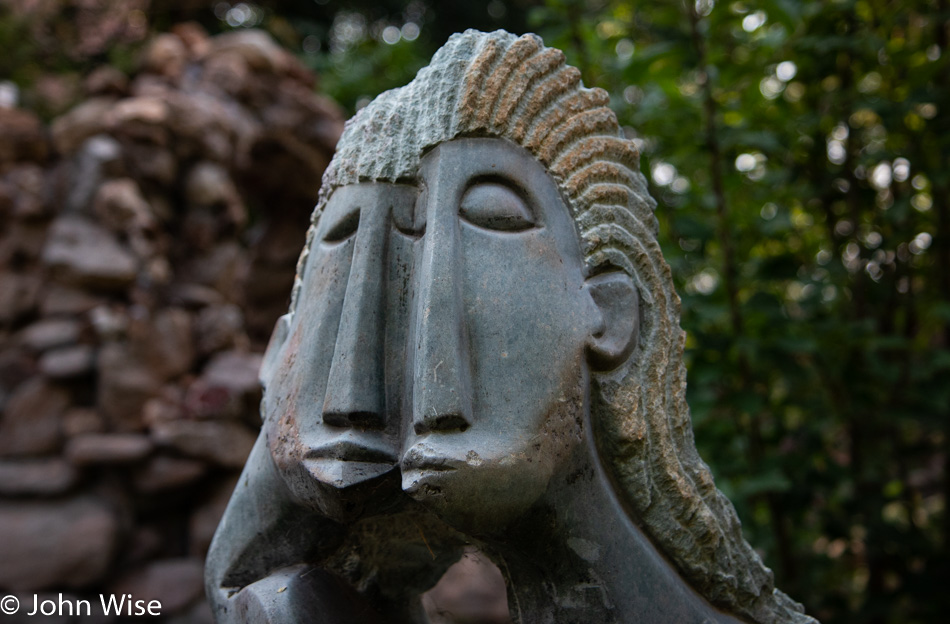
Being in the shared imagination of a world you may initially want to still consider your own, you would fail to understand that you’ve entered the living canvas that is borrowing things familiar, but their arrangement removes you from the surrounding desert and embraces you in a dreamlike oasis. Simply browsing without thinking might be a good place to start as you pay a visit, but like Felix the Cat, you should arrive with your Bag of Tricks, where you can unfold your knowledge in order to peer through the filter of history. There’s more here than meets the eye, and sadly, few will ever know the depth of its assemblage.
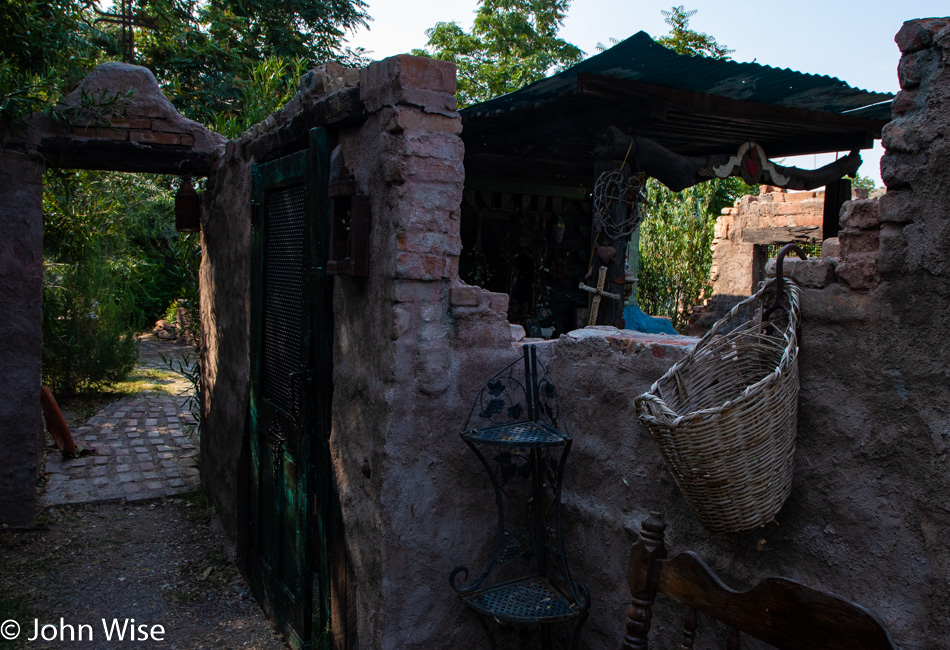
Being here in Duncan is our re-encounter with life as we knew it earlier this year. This was not exactly the way things were, but as a surrogate wrapped in caution where the players are deeply aware of simple changes that are respectful of those wanting and needing to continue this act of trying to live full lives, it was a gift that starts the healing process after fear hurt our sense of the world. While we cannot travel to Europe, and I’m not ready to fly anywhere yet, I hope to return to the Simpson in the next weeks on my own for a week of writing and immersing myself in nature out the front door while an amalgamation of culture that speaks to my sense of the aesthetic is found on the other side of a screen door.
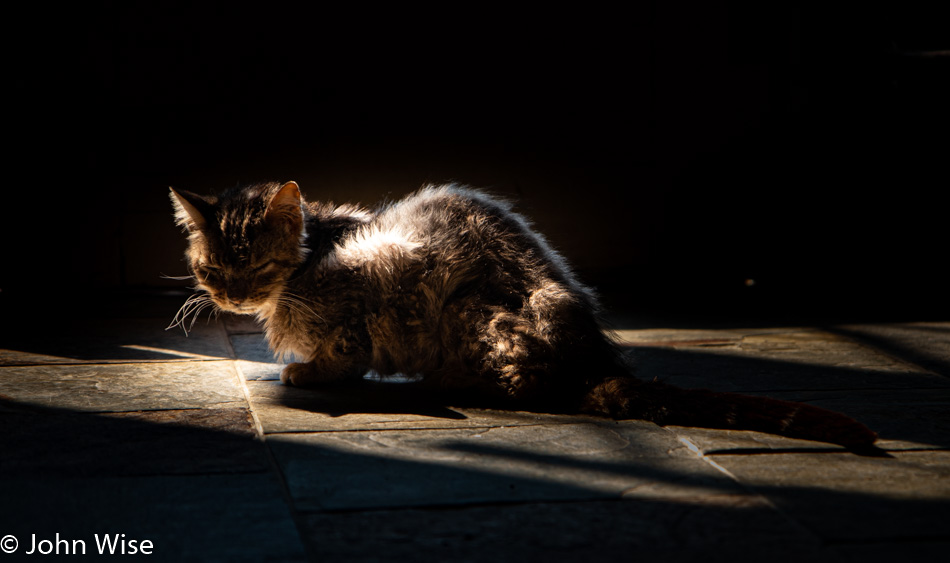
Just yesterday, we were introduced to Old Man Guapo. This elderly and fading cat was resting out back and obviously not interested in our approach. Shortly before our departure this morning, Guapo took up a position right in front of the door that was our exit. He didn’t budge while I snapped a few photos down at his level, trying to capture the warmth of the sun he was basking in. While listening attentively to my presence, he couldn’t be bothered to look at the person who was more interested in him than he was in me. Slowly, we did our best not to disturb his cozy spot as we barely opened the door to sneak out. Then, without fanfare and farewells, we locked the front door and drove away.

Out of the imagination of artists and authors and into the mountains, we’d go. The plan was to drive the steep and often harrowing road leading us up Mt. Graham. This mountain oasis springs 10,000 feet out of the surrounding desert and leads into pine trees. Below us, the famous Pima cotton we just passed is flowering under the blistering 107 degrees summer day. Up the mountain, the temperature will drop to a comparatively chilly 73 degrees.
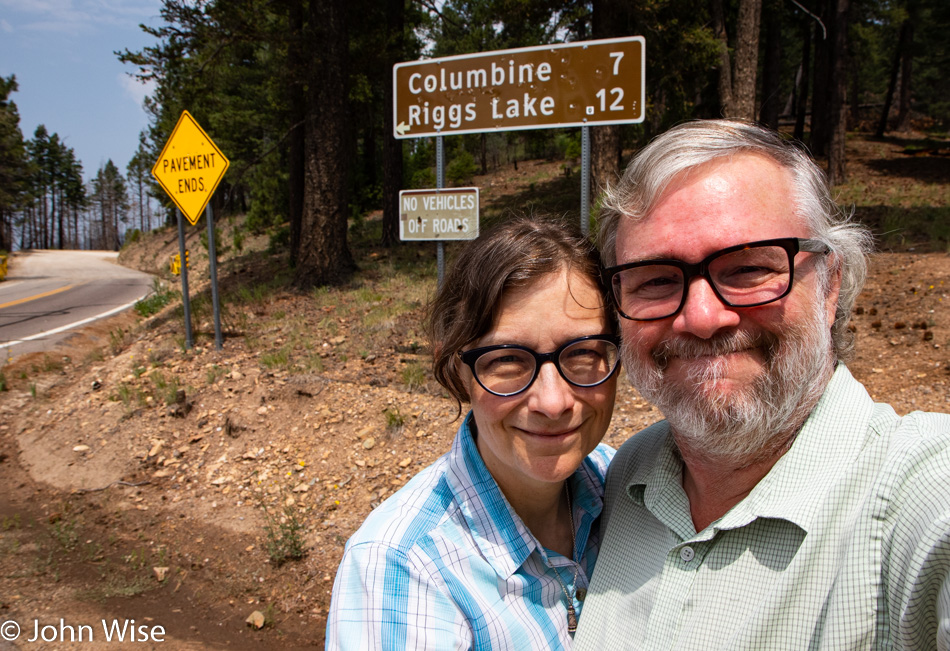
Before reaching the summit, we ran out of paved road. If it weren’t for my nerves frayed from constantly glimpsing the precipitous drops that looked to fall thousands of feet to the desert floor below, we might have continued following the trail, but I’d had enough of this adventure ride, took the opportunity to capture a selfie-and beat a retreat. Later on, I had to ask myself: how did I convince myself not to continue the journey? My weak answer is that during these days of divide and conquer, anger and mistrust, illness and death, I find that the encounter with people’s impatience is enough to reassure me that self-isolation might be a preferred state to live in.
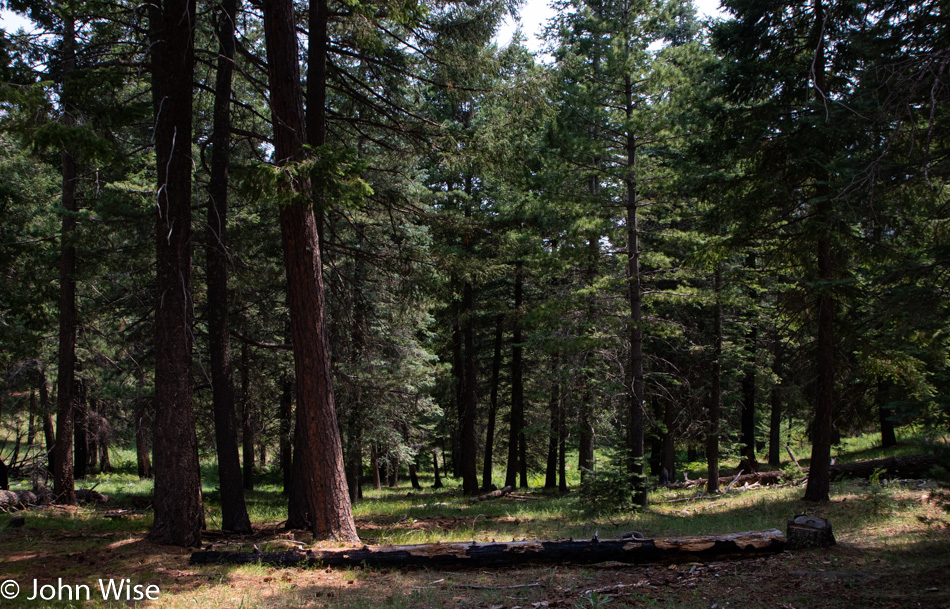
While at the Simpson, we moved from our cocoon at home to a cocoon shared by a couple equally concerned with finding harmony and love in life. In this sense, I want to gel with Vishnu while Shiva can guide the minions over their own spiritual cliff into the abyss of folly and self-harm. When a simple scene of serenity found in the grass, shadows, leaves, trees, the sky above, and insects below has lost its value to me, maybe then I’ll lose my desire to embrace my better zen moments, but until that time I will strive to be at peace.
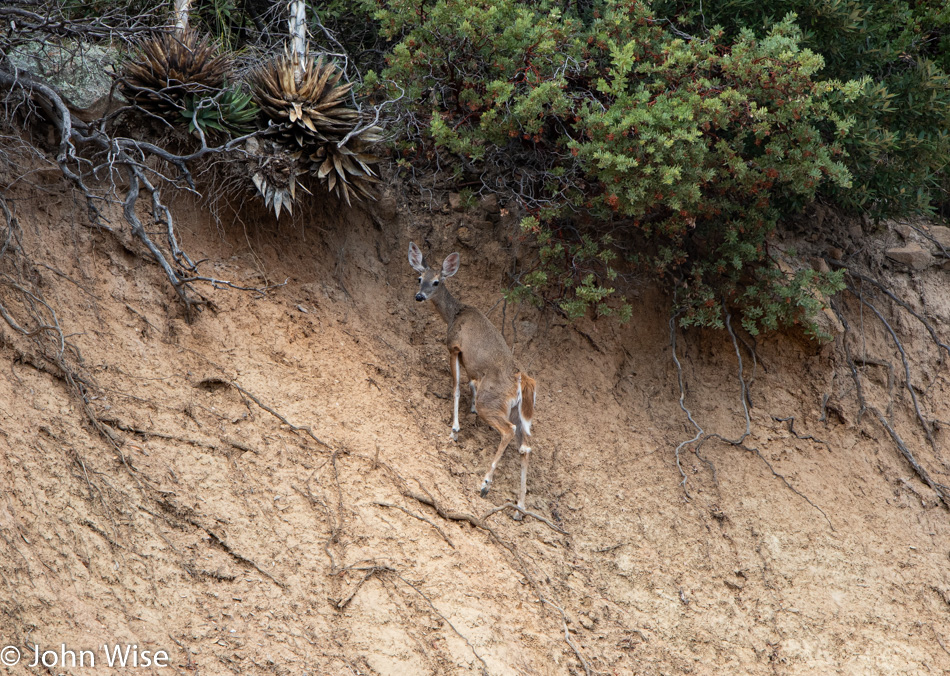
The landscape below us was obscured by the fires burning in Arizona and the smoke drifting in from the more than a million acres smoldering across California. So, instead of panoramas of hazy horizons, we look around us and think of our return and another encounter with the wildlife that calls these mountains home.
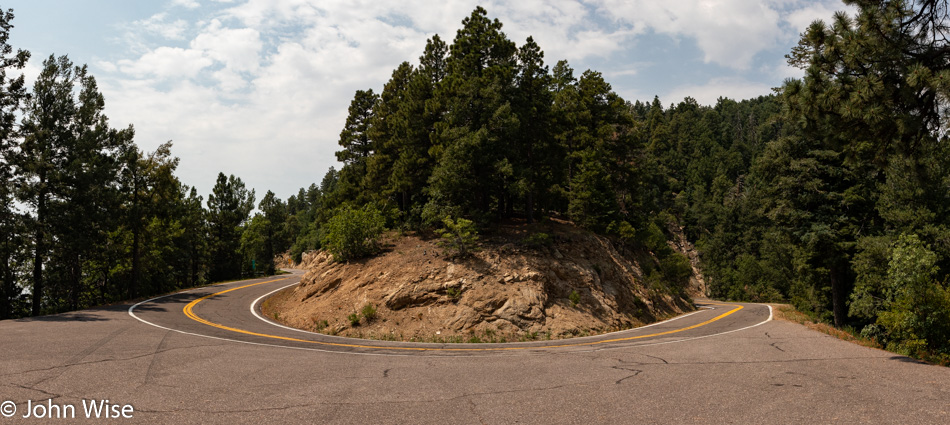
Our next visit could be a guided tour to the observatory atop Mt. Graham; for that we will have to make reservations and get to leave the driving to someone else. Before the end of the day, I’ll be making an inquiry regarding availability.
Indulgence was the only way to describe the remainder of our drive home as in Pima, we made a stop at Taylor Freeze for a couple of chocolate milkshakes, and then in Miami, we just had to revisit Guayo’s El Rey for more carne asada even if we had just been there 48 hours ago. Getting back into the Phoenix area, we were gobsmacked by the heat, a hefty 117 degrees of asphalt melting anger from the sun. Arriving at home, we are no longer out; we are, once again, in.
Edit on September 4th: I just spoke with Deborah, our host at Simpson Hotel, and learned that Guapo passed away 48 hours after I shot this photo on August 26th. He rests in peace in the garden, basking under the sun.


